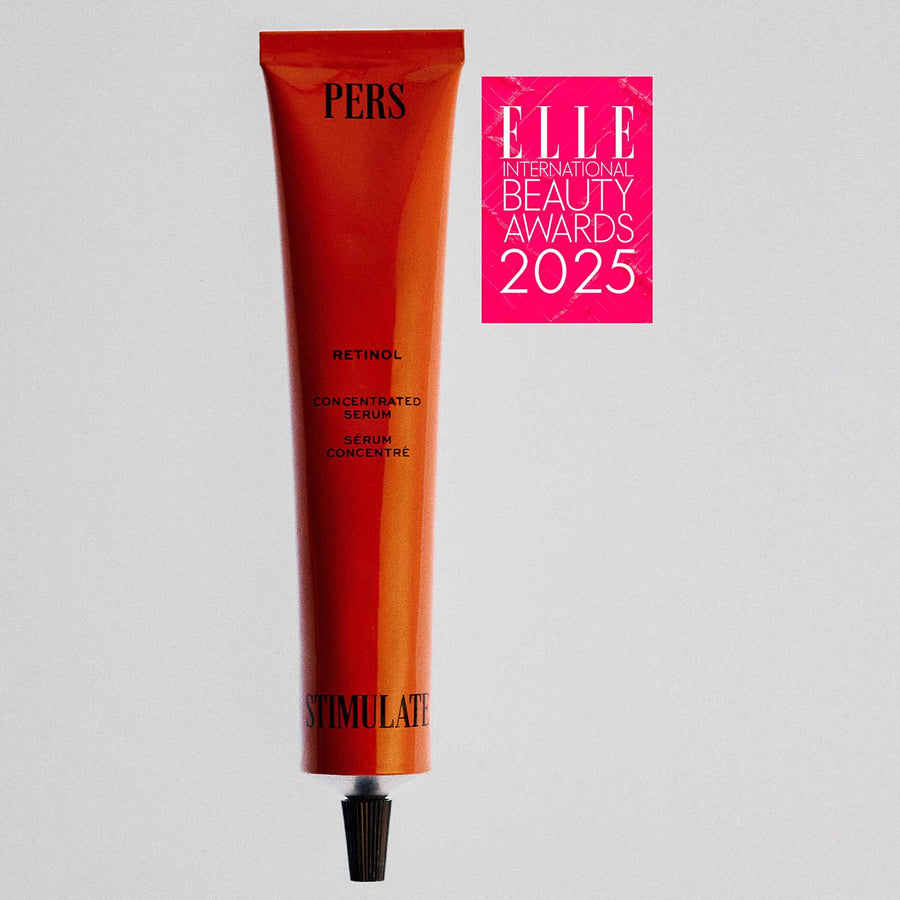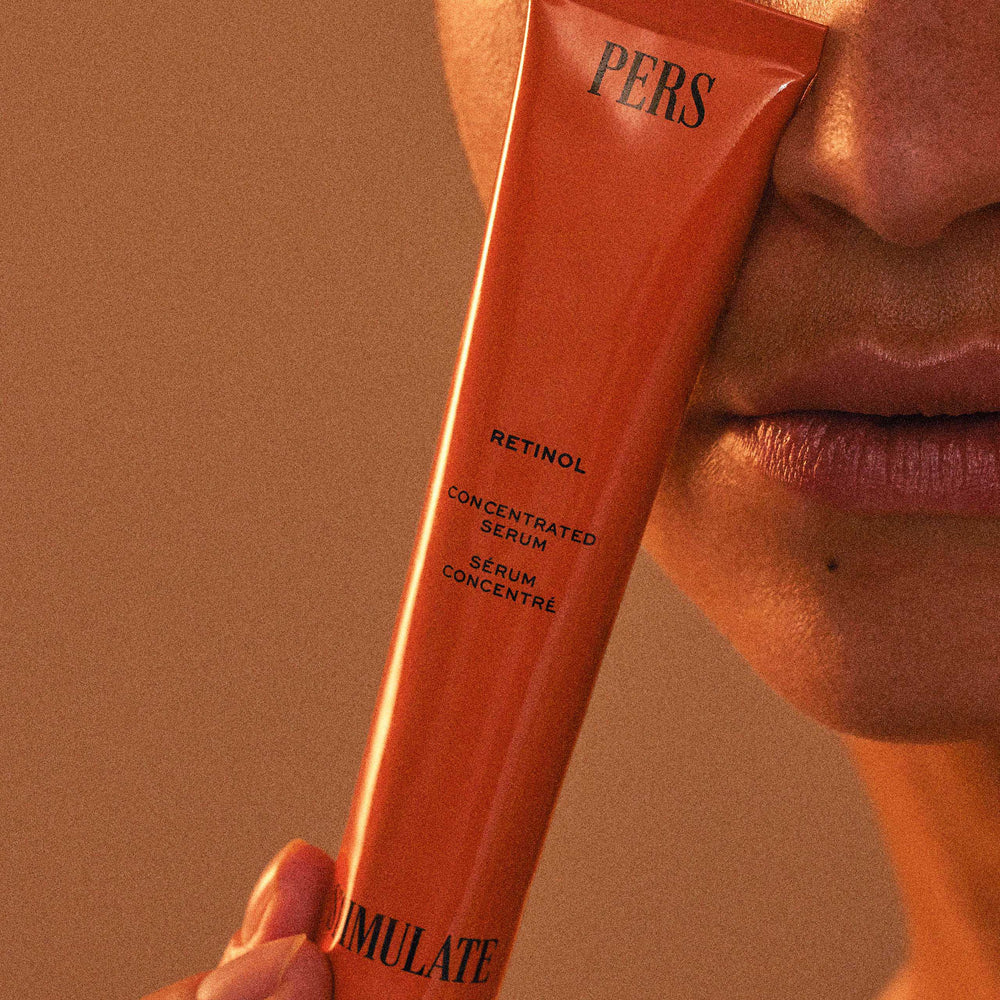Why is using sunscreen essential in your summer skincare routine?
Summer means more time in the sun, but with that comes the need to protect your skin. Using sunscreen is crucial for keeping your skin safe from harmful UV rays. This one step in your skincare routine can shield you from sunburns and prevent premature aging that those rays can cause. You might be wondering how to pick the right one with so many options out there. It all depends on factors like SPF, your skin type, and even the formulation of the sunscreen.
Once you choose the right product, knowing how and when to apply it can make all the difference ? Proper application will enhance its protective benefits. And don't forget, combining it with other skincare products can give you extra protection ! Ready to dive into sunscreen essentials ? Let's get started on keeping your skin healthy and glowing all summer long, and learn how to adapt your skincare routine according to the seasons.

The importance of sunscreen in your summer skincare routine
As the sun shines brighter and the days grow longer, it's time to talk about a crucial component of your skincare arsenal: sunscreen. Stepping out into the summer sun, feeling its warmth on your skin is delightful. However, those rays carry ultraviolet (UV) radiation that can wreak havoc on your skin's health. Sunscreen acts as a shield, protecting you from these harmful UV rays that can lead to sunburns, dark spots, and even more serious issues like skin cancer.
Protection against harmful UV rays during summer
During summer, UV radiation intensifies, increasing the risk of skin damage. By applying sunscreen every day, you create a barrier that absorbs or reflects these rays. This simple step can prevent painful sunburns and protect your skin's DNA from damage that might otherwise lead to premature aging or worse.
Preventing premature aging with sunscreen
No one wants their skin to betray their age prematurely. The sun accelerates the breakdown of collagen and elastin fibers in your skin—those vital components keeping it firm and youthful. Regular use of sunscreen helps preserve these fibers by blocking out UVA rays responsible for aging effects like wrinkles and sagging.
Think about incorporating this protective habit into your daily routine as an investment in your future self. A broad-spectrum sunscreen with at least SPF 30 is ideal for most people; it offers balanced protection against both UVA and UVB rays without feeling heavy or greasy on the skin.
The best part? You don't have to sacrifice style for safety! Many modern sunscreens come in formulations designed for different skin types—whether you're oily-prone or dry—and some even offer added benefits like hydration or anti-aging ingredients.
So next time you head out under those sunny skies remember: a little bit of lotion today means healthier-looking skin tomorrow!
Choosing the right sunscreen for your summer skincare routine
Finding the perfect sunscreen can feel like an odyssey, but it's crucial for safeguarding your skin during those sun-drenched days. When selecting a sunscreen, consider three key factors: SPF level, skin type compatibility, and formulation. Let's break these down to make your choice easier.
Factors to consider: SPF, skin type, and formulation
SPF Level: The Sun Protection Factor (SPF) indicates how well a sunscreen can protect you from UVB rays—the main culprits of sunburn. For optimal protection, aim for a broad-spectrum sunscreen with at least SPF 30. If you're planning on spending extended periods outside or have fair skin that burns easily, you might opt for SPF 50 or higher.
Skin Type Compatibility: Your unique skin type plays a pivotal role in determining which sunscreen suits you best. For oily or acne-prone skin, look for non-comedogenic formulations that won't clog pores. Sensitive skin? Opt for mineral-based sunscreens containing zinc oxide or titanium dioxide as they are less likely to cause irritation.
Formulation: Sunscreens come in various forms—creams, lotions, gels, and sprays—each catering to different preferences and needs. Creams provide hydration and work well for dry skin types while gels offer a lighter texture ideal for oilier complexions. Sprays are convenient but ensure even application by rubbing them into your skin thoroughly.
Common sunscreens available for summer skincare
The market is brimming with options tailored to diverse needs. Here are some popular choices:
- Chemical Sunscreens: These absorb UV radiation and often have a lighter feel on the skin. They require about 20 minutes post-application before effective protection begins.
- Mineral (Physical) Sunscreens: Sitting atop the skin's surface, they deflect UV rays immediately upon application—a great option if you're heading straight outdoors.
- Tinted Sunscreens: Ideal if you seek coverage along with protection; these multitaskers can even out complexion while shielding against harmful rays.
Navigating through these options might seem daunting at first glance but remember—choosing the right sunscreen is an investment in maintaining healthy radiant skin all summer long! Always patch test new products on a small area of your body before full application to avoid any adverse reactions.
Implementing sunscreen effectively in your summer skincare regimen
As the sun shines brighter and longer, integrating sunscreen into your daily routine becomes non-negotiable. It's not just about slathering on any SPF product; it's about doing it right to shield your skin from the sun's relentless rays.
Application tips and frequency for optimal sun protection
The key to effective sunscreen use lies in how you apply it. First, ensure you're using a broad-spectrum sunscreen with at least SPF 30. Apply it generously to all exposed areas of your skin. Think of spots like the back of your neck, ears, and even the tops of your feet—places we often overlook.
- Timing is crucial: Apply sunscreen about 15 minutes before stepping outside to give it time to bind with your skin.
- Reapply regularly: Every two hours is ideal, but more frequently if you're swimming or sweating.
- Avoid skimping: Use approximately a shot glass full for your entire body to ensure full coverage.
If you've ever wondered why you still get burned despite wearing sunscreen, it's likely because you didn't use enough or failed to reapply. Remember, consistency is as important as quality when it comes to protecting yourself from UV damage.
Complementary skincare products to use with sunscreen in summer
Sunscreen is just one part of a holistic approach to summer skincare. Pairing it with other protective products can amplify its effects:
- Antioxidant serums: Products rich in vitamin C or E can combat free radicals caused by UV exposure.
- Aloe vera gel: Not only soothing after sun exposure but also hydrates without clogging pores.
- Lip balm with SPF: Your lips are susceptible too; keep them protected with an SPF-infused balm.
The goal here is simple: create a barrier that keeps harmful rays out while nourishing your skin from within. By following these steps, you're not just preventing burns; you're investing in long-term skin health and radiance.
We recommend these other pages for you:
- What role do nourishing oils play in your winter skincare routine?
- How to strengthen the skin barrier during winter with your skincare routine?
- Why adapt the texture of your moisturizing creams in your skincare routine in summer?
- How does humidity affect your skincare routine in summer?
- What soothing treatments should you include in your skincare routine in autumn?
- How to adjust moisturizers in your skincare routine in winter?

